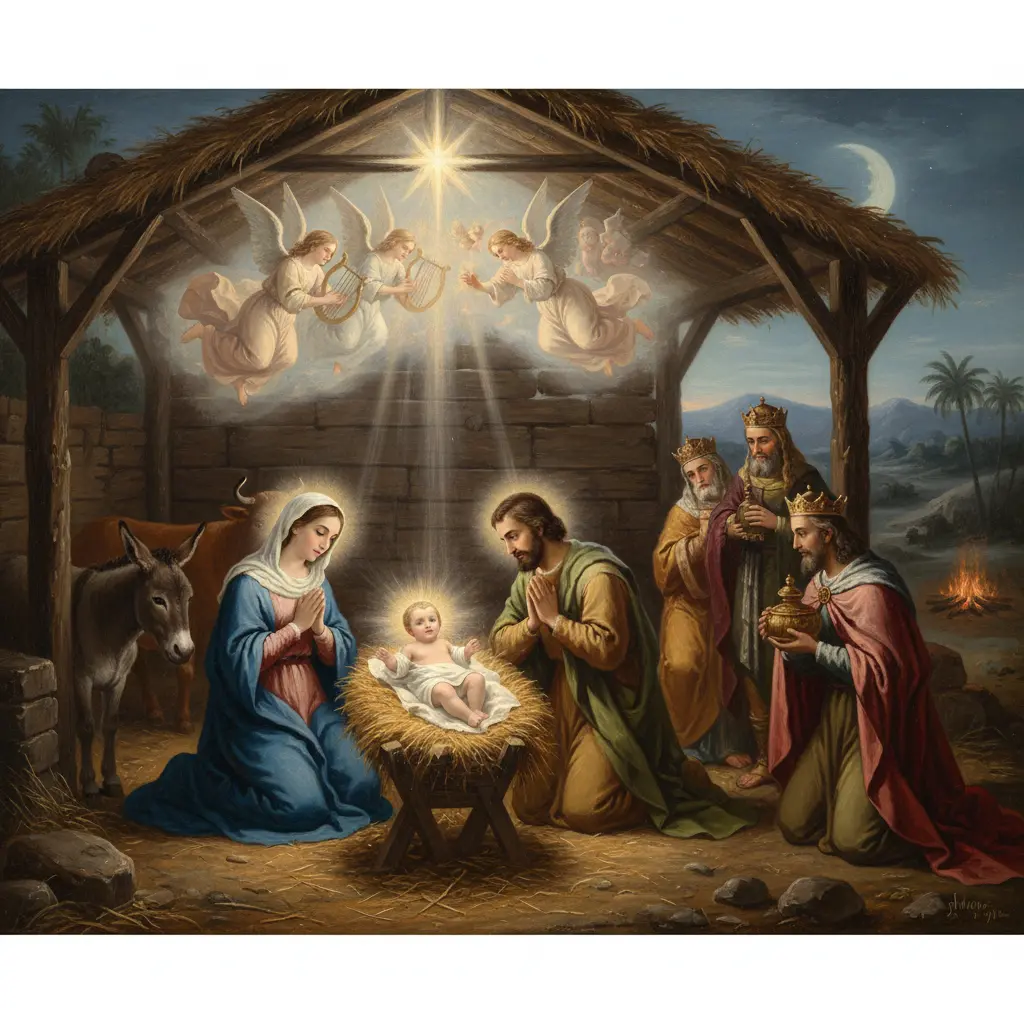The word Nativitat carries both cultural and linguistic importance. In its simplest form, it originates from Latin roots, meaning “birth” or “nativity.” Today, it is often linked to religious traditions, heritage sites, and even used as a personal name in different regions. For example, in Catalonia, “La Nativitat de Durro” is a well-known Romanesque church and a UNESCO World Heritage Site.
Beyond this, Nativitas is also recognized in dictionaries as a term describing origin and birth. Exploring its meaning, history, and cultural significance helps us understand why this word continues to hold value in language and tradition.
Meaning and Origin of Nativitat
| Language | Word | Meaning | Notes |
|---|---|---|---|
| Latin | nativitas | Birth / Origin | Original root of Nativitat |
| Catalan | Nativitat | Birth / Nativity | Used in religion & names |
| Spanish | Natividad | Birth / Nativity | Variant of Nativitat |
| French | Nativité | Birth / Nativity | Equivalent in French |
The term Nativitas comes from the Latin word nativitas, meaning birth or origin. It has been widely used in religious and cultural contexts, especially to describe the Nativity of Christ in Christian traditions. In Catalan and other Romance languages, the word reflects both spiritual and historical meaning.
Beyond religion, Nativitat also appears as a personal name in some regions, symbolizing life and beginnings. Its strong linguistic roots make it a term with timeless cultural significance.
Cultural and Religious Significance of Nativitas
| Word | Language | Pronunciation (IPA) | Simple Phonetic |
|---|---|---|---|
| Nativitat | Catalan | /nə.ti.βiˈtat/ | nuh-tee-vee-TAT |
| Natividad | Spanish | /na.ti.βiˈðað/ | nah-tee-vee-DAD |
| Nativité | French | /na.ti.viˈte/ | nah-tee-vee-TAY |
The word Nativitas is closely tied to Christian traditions, especially the celebration of the Nativity of Jesus. In many cultures, it represents hope, new life, and spiritual renewal. Churches and festivals dedicated to Nativitas highlight its lasting importance in faith and community.
One famous example is La Nativitat de Durro in Catalonia, a Romanesque church recognized by UNESCO. This shows how the term connects language, religion, and heritage, making it meaningful across generations and cultures.
La Nativitat de Durro: A Heritage Landmark
| Feature | Details | Notes |
|---|---|---|
| Location | Durro, Vall de Boí, Catalonia | Northern Spain |
| Style | Romanesque | Typical 11th–12th century architecture |
| UNESCO Status | Part of Vall de Boí churches | Recognized for cultural heritage |
| Highlights | Bell tower, frescoes, apse | Visitor attractions |
La Nativitat de Durro is a Romanesque-style church located in the Vall de Boí in Catalonia, Spain. Built between the 11th and 12th centuries, it is part of the UNESCO World Heritage Sites. The church is admired for its stone architecture, bell tower, and detailed artwork that reflect medieval religious life.
It stands as a symbol of faith, history, and community identity. Today, visitors explore it not only for worship but also for cultural and historical appreciation.
Nativitat as a Personal Name
| Variant | Region | Popularity | Meaning |
|---|---|---|---|
| Nativitat | Catalonia | Moderate | Birth / Nativity |
| Natividad | Spain / Latin America | Common | Birth / Nativity |
| Nativity | English-speaking countries | Rare | Birth of Christ |
| Nativité | France | Rare | Nativity / Birth |
Beyond its religious and cultural meaning, Nativitat is also used as a given name, especially in Catalan-speaking regions. The name reflects ideas of birth, life, and new beginnings. Parents often choose it for its spiritual connection to the Nativity of Christ, making it both meaningful and traditional.
While less common today, it still carries a sense of heritage and faith. Using Nativitat as a name links individuals to deep cultural and linguistic roots that remain timeless.
Linguistic Roots and Variations of Nativitat
The word Nativitat comes from the Latin nativitas, meaning birth or origin. Over time, it spread into different Romance languages, each adapting it slightly. In Catalan, it remains “Nativitat,” while in Spanish it appears as “Natividad.” French uses “Nativité,” and Italian has “Natività.”
All variations share the same spiritual and cultural essence, reflecting the nativity theme. These linguistic forms show how one Latin root influenced many European languages, carrying the idea of life, beginnings, and tradition across borders.
Also read: Video&A: How Interactive Video and Audio Transform Communication
Modern Relevance of Nativitat
Today, Nativitat continues to hold meaning in both culture and daily life. In religious contexts, it reminds communities of the Nativity story and its message of hope. As a heritage site, places like La Nativitat de Durro attract visitors who value history and architecture.
Even as a personal name, it reflects identity and tradition. The word also appears in dictionaries and academic studies, proving its linguistic importance. Nativitat’s modern relevance shows how language, faith, and culture remain connected.
FAQS Nativitat
What does Nativitat mean?
Nativitas comes from the Latin nativitas, meaning birth or nativity. It is often linked to religious traditions, heritage sites, and as a personal name.
Where is La Nativitat de Durro located?
It is a Romanesque church in Vall de Boí, Catalonia, Spain, and is part of the UNESCO World Heritage Sites.
Is Nativitat used as a name?
Yes, especially in Catalan-speaking regions, where it symbolizes life, beginnings, and spiritual roots.
What is the cultural significance of Nativitat?
It represents the Nativity of Christ, hope, and heritage, connecting faith, history, and community traditions.
How is Nativitat expressed in other languages?
In Spanish, it is “Natividad,” in French “Nativité,” and in Italian “Natività,” all sharing the same essence of birth and origin.
Conclusion: Why Nativitat Matters
The term Nativitat is more than just a word—it represents faith, heritage, and tradition. From its Latin origin to its use in churches, festivals, and even personal names, it carries a deep sense of meaning.
Monuments like La Nativitat de Durro highlight its cultural value, while its presence in language keeps it alive in everyday use. Whether studied for history, religion, or linguistics, Nativitat continues to inspire connections between the past and present, making it timelessly important.



